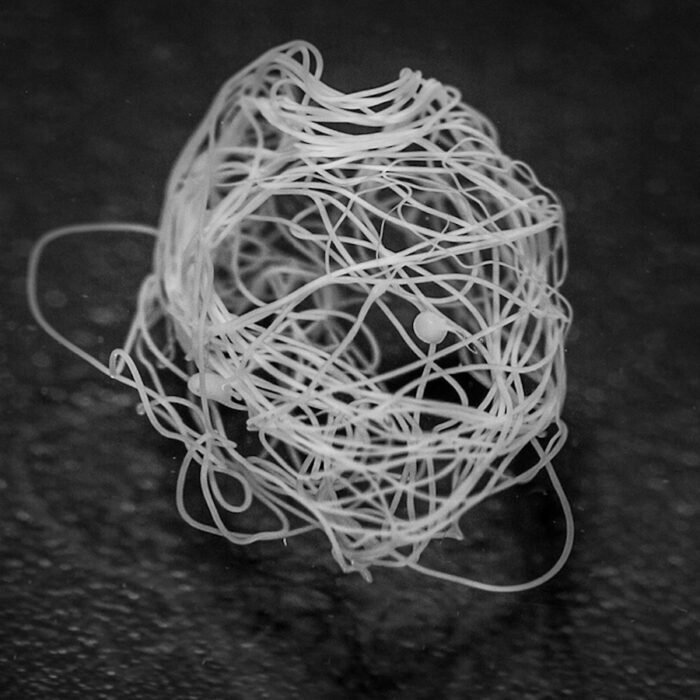

New synthetic spider silk that’s almost as strong as the real thing
 Advanced
Advanced
2020/10/12 20:46
1. abrupt (adj)
sudden and unexpected, and often unpleasant
2. duct (n)
a tube or pipe that carries liquid or air, especially in and out of buildings or through the body
3. aviation (n)
the activity of flying aircraft, or of designing, producing, and keeping them in good condition
4. density (n)
the number of people or things in a place when compared with the size of the place
5. mechanism (n)
a part of a machine, or a set of parts that work together
6. silk (n)
a delicate, soft type of cloth made from a thread produced by silkworms, or the thread itself
New synthetic spider silk that’s almost as strong as the real thing

A new way of making artificial spider silk can produce a kilometre of thread from 10 rice grains’ weight protein – and it’s almost as strong as the natural fibre. Spider silk is made of protein molecules called spidroins. These molecules start in the silk glands, where they’re kept in a highly concentrated solution.
When it’s time to spin a web, this concentrated solution is squeezed through a narrow duct. Along the duct, the environment becomes more acidic, with the pH gradually lowered from 7.6 to around 5.7, and pressure increases.
This acidity and pressure force the spidroins to link together in what’s known as a “lock-and-trigger mechanism” and form long silk fibres which are stronger than steel on a per weight basis. Strength plus low density means spider silk could be used in settings such as aviation or protective gear.
But making it on a commercial scale has proved tricky. While synthesising spidroin molecules is easy enough – bacteria and yeast, for instance, can be genetically programmed to produce it – spinning the thread is easier said than done.
So Marlene Andersson from the Swedish University of Agricultural Sciences, Qiupin Jia from Donghua University in China and colleagues built their own duct from a glass capillary tube. The tube’s tip – only 10 to 30 microns wide – was dipped in an acidic solution. They enlisted Escherichia coli bacteria to produce spidroins.
The technique is not only cheap and simple, the researchers write, but the spidroin solution could easily be stored at 4 °C for weeks and at −20 °C for months without losing its ability to form fibres.
It could also be improved by, “the introduction of gradual changes of pH and ion composition” rather than the abrupt change produced by dipping the tube tip in an acidic solution.
Resource: https://cosmosmagazine.com/chemistry/new-synthetic-spider-silk-that-s-almost-as-strong-as-the-real-thing

- What springs to mind when you hear the word ‘ spider’?
- How useful is silk?
- What can we learn from spiders?
“ Written laws are like spiders' webs, and will, like them, only entangle and hold the poor and weak, while the rich and powerful will easily break through them.”
Anacharsis



